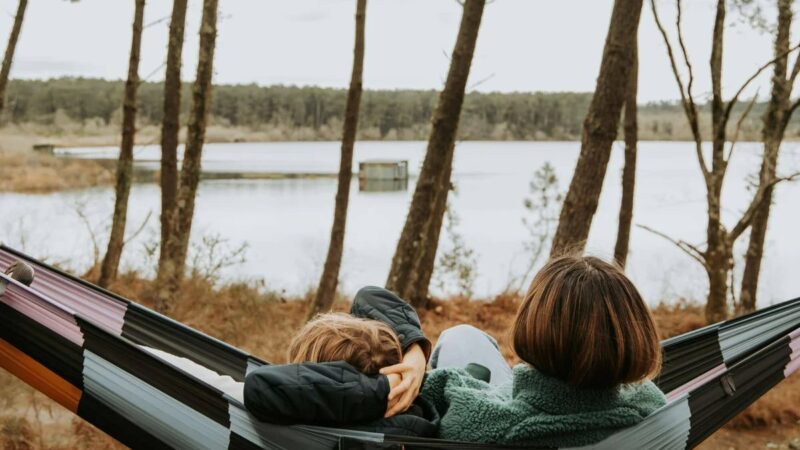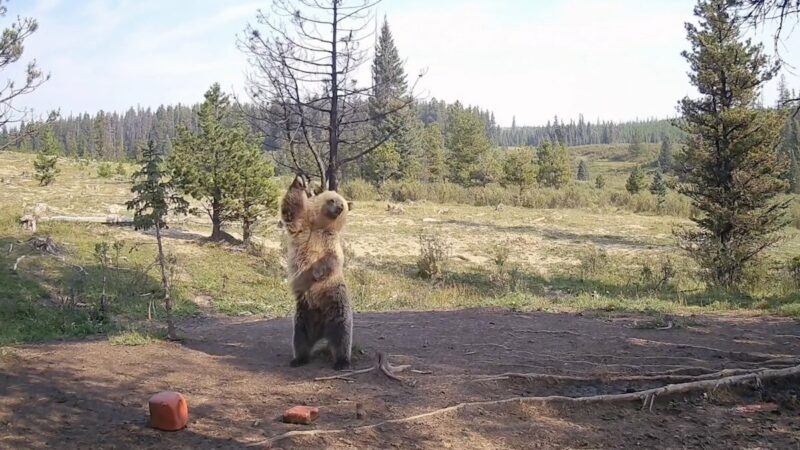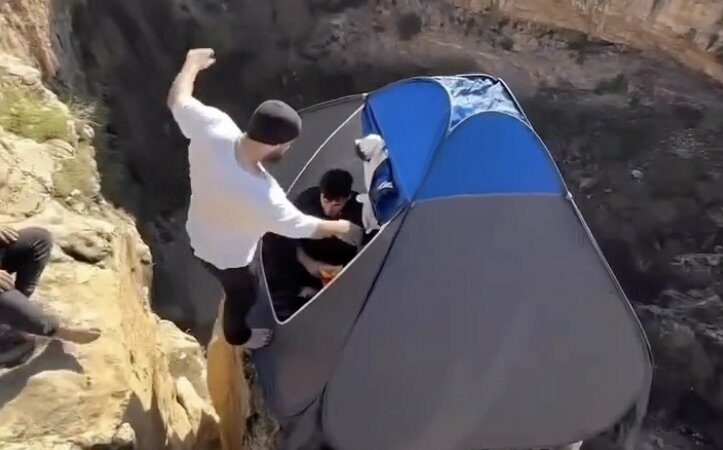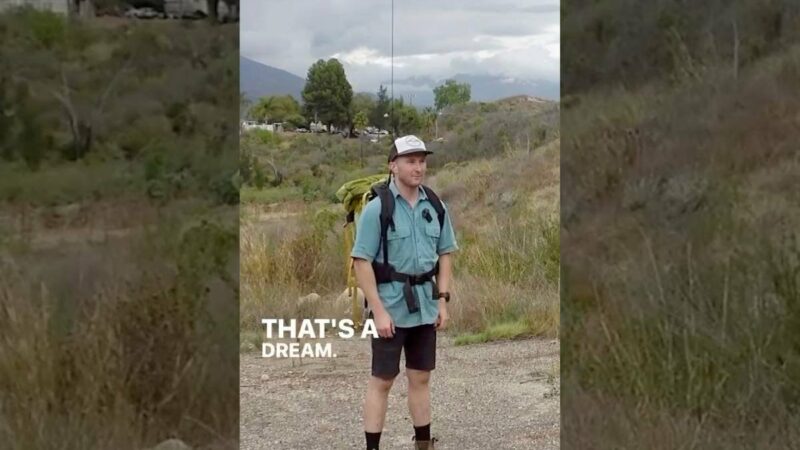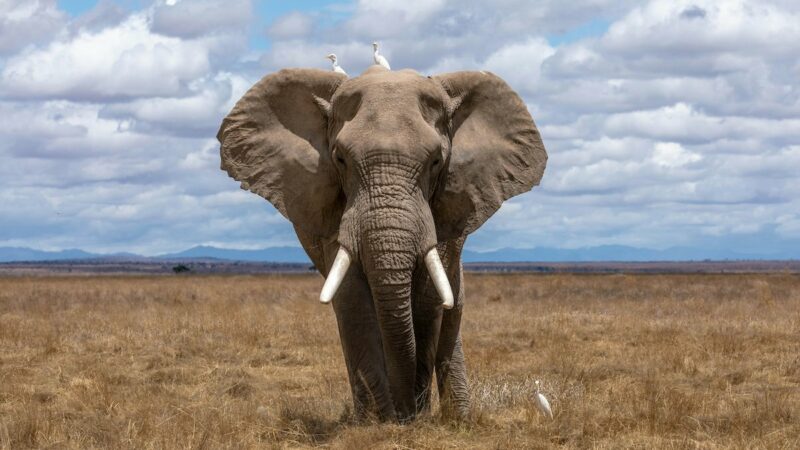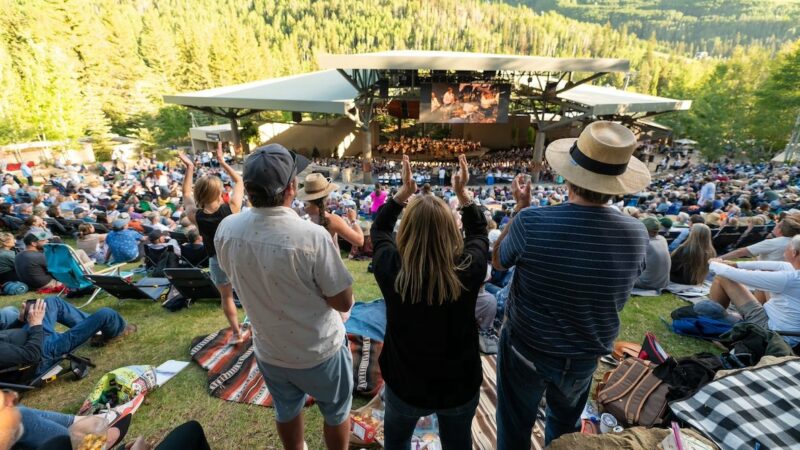Waste-Free Wilderness: How National Parks in North America Are Kicking the Single-Use Habit
Parks Canada (and, in many ways, the nation as a whole) is conservation-minded and takes an environment-forward approach. For instance, concerned by the number of wildlife collisions, the Canadian government set aside $400 million to upgrade the four-lane Icefields Parkway (Highway 93) that travels from Banff National Park to Jasper National Park beginning in the 1980s. Fencing over the full 144 miles, along with six wildlife overpasses and 38 underpasses, has drastically reduced the number of car and animal collisions by an estimated 80%.
Animals of the two-legged variety need some direction, too, to keep the parks and ecosystems healthy. Within Canada’s first and most-visited national park is the townsite of Banff, which receives on average 23,000 visitors per day—4.5 million annually. With such large visitation numbers, litter, contamination of recycling and compost bins, and an overflow of single-use items filling trash receptacles has become problematic.
Singling out Single-Use Plastics
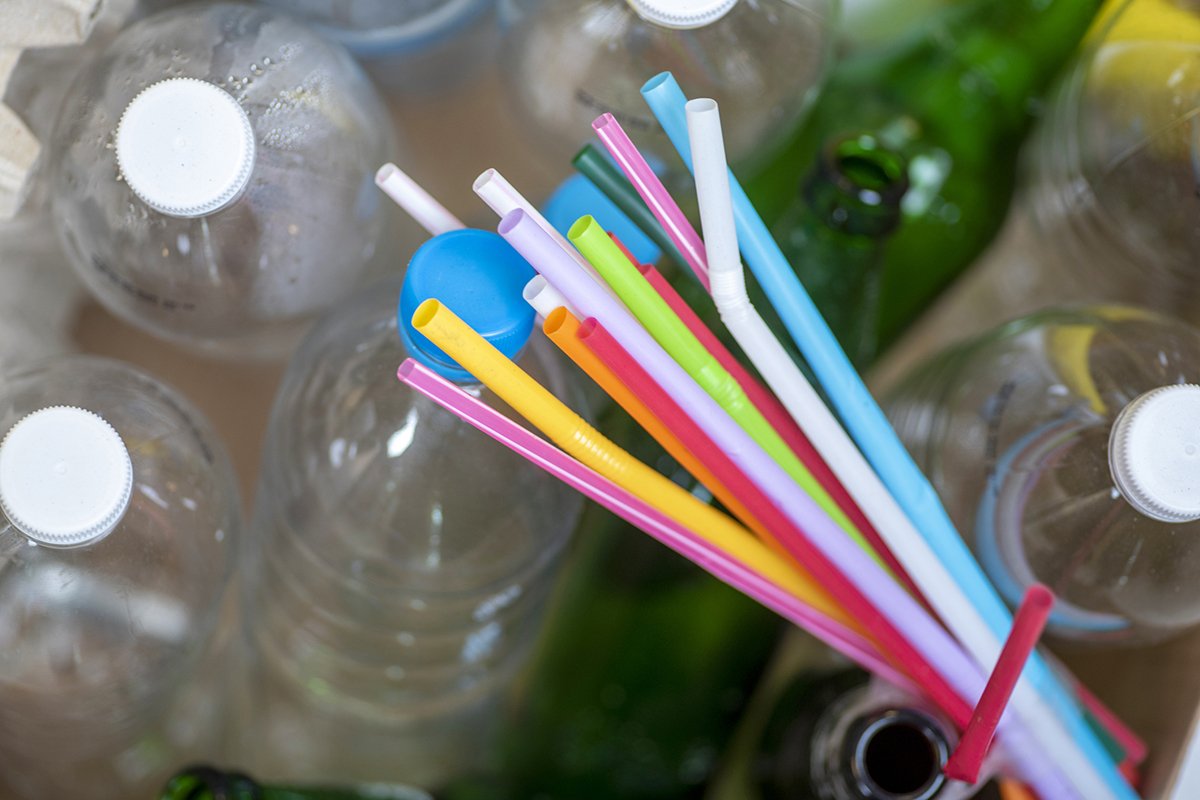
Unable to break down organically, single-use items are the worst offenders, since they are only used once before being thrown away. To crack down on this environmental disaster, Canada, including its 10 provinces and three territories, has taken a stance on single-use items, especially plastic.
As of December 2022, Canada no longer allowed importing or manufacturing of six plastic items—stir sticks, drinking straws, food service plasticware, cutlery, plastic checkout bags, and ring carriers. These six items will no longer be sold in Canada beginning December 20, 2023, as a part of a National Plastic Ban with hopes of achieving zero plastic waste by 2030.
The town of Banff also continues its mission to be a model environmental community with the implementation of the innovative Single-use Items Reduction Bylaw. This bylaw targets plastic and all consumables that are for one-time use. The ultimate goal is to eliminate 70% of landfill waste by 2028 and all waste going to landfills by 2050. Although most of the multi-stage bylaw doesn’t take full effect until January 2024, businesses have taken action on their own to begin the conservation effort.
As of July 2023 in Banff, customers must request disposable items like condiments, straws, utensils, and napkins. Event organizers and businesses that serve beverages and food cannot automatically provide these items. Self-serve stations for these single-use items are allowed, but reusable options must also be offered to customers. As long as the containers and cups are sanitary, businesses and event organizers must allow customers to be served in their own reusable containers.
The town has given stores six additional months (until January 2024) to phase out plastic bags, which was originally included in part one of the bylaw. Businesses must allow customers to use their own bags for shopping. If requested, businesses may provide reusable bags and must charge a minimum fee shown as a line item on a receipt—$0.25 for a minimum of 40% recycled material paper bag or $2 for a reusable bag.
Starting in January 2024, businesses will need to provide reusable serveware for diners eating or drinking in their restaurant, cafe, or bar. These businesses must have a minimum of 10 seats for dining onsite and dishwashing facilities. Existing businesses may file an exemption, but all new food and beverage businesses must comply.
My Plastic-Less Experience in Banff and Jasper
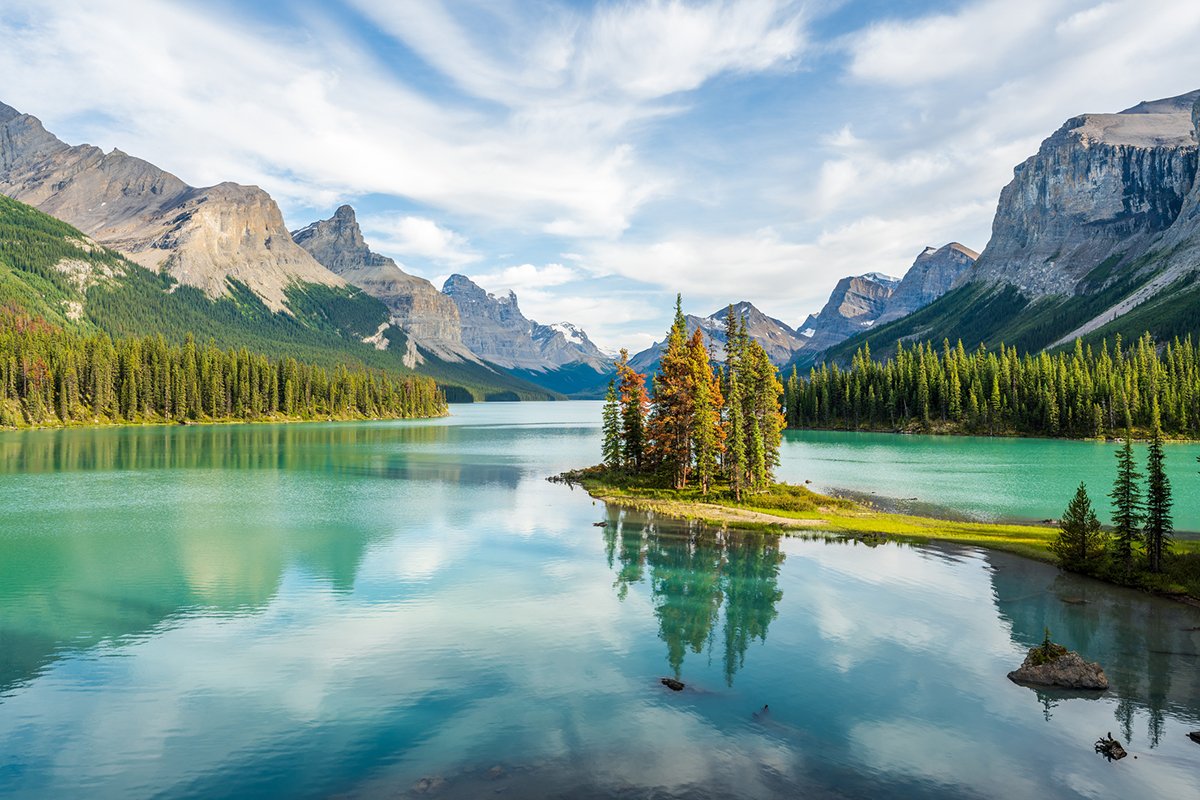
When my family visited the town of Banff in early August, we noticed the positive changes already in effect. Signs at attractions, hotels, and businesses let guests know the commitment of the town and the Canadian government to remove disposable items from the waste stream. It stands as a testament of their conservation-forward approach to educating visitors on the effects of single-use products on town resources and the environment.
“Plastic use has become a thoughtless part of our everyday lives, with long-term bad consequences such as littering, extra waste disposal, pollution in people and in the wider ecosystem,” said Joel Hagen, park interpreter with Parks Canada from 1991 to 2017 and co-founder and owner of Great Divide Nature Interpretation. “I hope there is less waste generated, and people find ways to make reusable options a daily part of their lives—to-go mugs, portable food containers, reusable bags, etc.”
My family stayed at Fairmont properties (Accor Hotels) while in Banff and Jasper, and the three properties participate in a sustainability program to eliminate all single-use materials at participating resorts by the end of 2023, with a goal of 20% waste diversion for each property. Other hotels within Banff are upping their sustainability efforts to reduce environmental impact, including Banff Lodging Company and Brewster Mountain Lodge.
Throughout town, compostable cups are used for to-go orders at coffee shops. Visitors are allowed to bring their own reusable mugs for their personal orders. Straws are only offered when asked and are made from paper. Water bottle filling stations are at the biggest attractions. Due to the single-use bylaws, ice cream samples are no longer offered at COWS in downtown Banff. Our ice cream was served with wooden spoons.
Although the town of Jasper is not a part of the Single-use Items Reduction Bylaw, the town has its own commitment to reduce waste. When we stopped at a downtown liquor store in Jasper, they didn’t automatically bag up our cider and other items. We asked for a bag and were offered a cloth bag, since the town of Jasper eliminated plastic bags in 2019. Our boba cups were made of biodegradable materials, and other sustainable efforts can be seen throughout town.
All of these small efforts in individual parks and towns add up to support Parks Canada’s mission to reduce pollution in these sensitive ecosystems. In addition, waste-reduction efforts and programs support other conservation efforts, such as Jasper’s emphasis on the recovery of the Woodland caribou population with breeding programs, winter habitat protection, and more.
According to Hagen, there are additional conservation ideas in the works at the parks. “The park[s] and the associated municipalities . . . all have waste-diversion goals going forward, and one of the next steps will be successfully capturing organic material like food scraps from commercial sources like restaurants,” he said.
Similar Efforts in U.S. National Parks
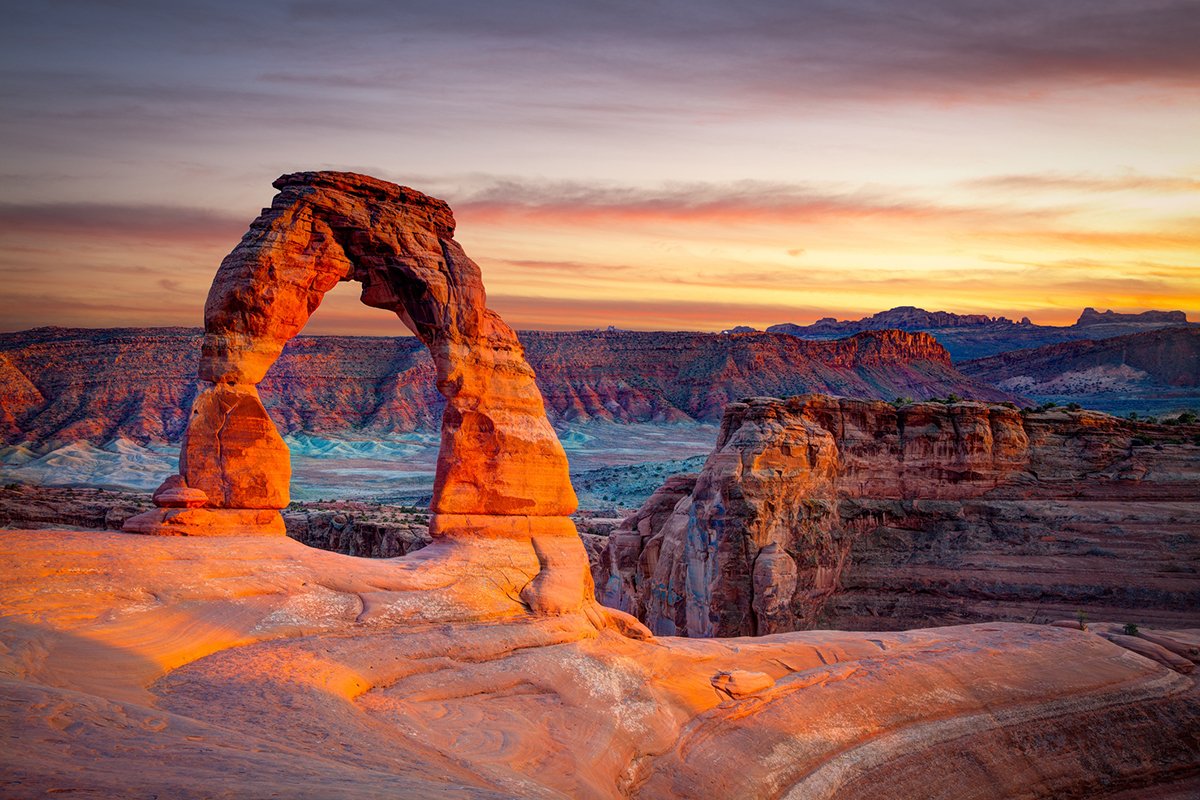
In the United States, similar efforts are being made to cut down consumer waste and reduce its effects on the natural world. The U.S. National Park Service (NPS) says it manages 80 million pounds of waste a year, equivalent to the weight of 182 Statues of Liberty.
An U.S. Interior Department order enacted in June of 2022 will end the sale of single-use plastic products at national parks and on other public lands in the United States by 2032, as directed by then-Secretary of Interior Deb Haaland. Gift shops and restaurants in park units throughout the U.S. are already featuring more reusable products—from shopping bags and refillable water bottles to compostable and biodegradable cups and silverware.
The NPCA (National Park Conservation Association) and Subaru have partnered since 2015 on a zero-landfill pilot program in three national parks—Denali, Yosemite, and Grand Teton—concentrated on recycling, composting, and reducing single-use products.
Some of the highlights of the program, according to the NPCA website are:
- In Yosemite National Park, the Aramark company stopped selling single-use drink bottles by December 2022 and replaced them with aluminum and paper containers.
- In Denali National Park, Holland America Group now offers glacier-sourced water in aluminum bottles with re-closable lids, instead of plastic bottles.
- In Zion National Park, the sale of single-use plastic water bottles was replaced years ago with the sale of reusable bottles and the installation of refilling stations.
In fact, water bottle refilling stations are available in many parks now, with signage to educate visitors on the importance of choosing the tap over plastic.
How You Can Contribute
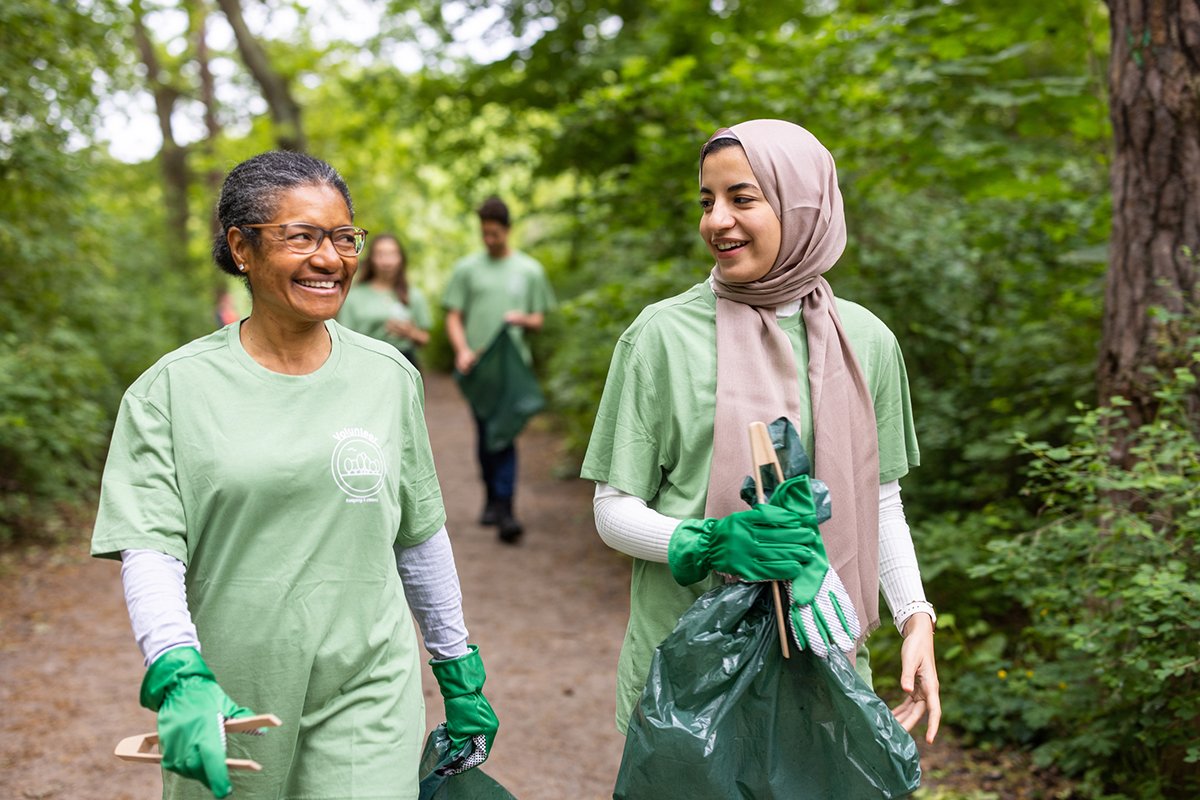
Wondering how you can help preserve national parks for future generations? Here are some ideas from the NPS.
Bring your refillable water bottle and reusable shopping bag.
Rather than buy single-use plastics, purchase a refillable water bottle and take advantage of the refillable water bottle stations found in many national parks. The same goes for shopping bags.
Support the parks’ and concessioners’ work to protect the places you love.
As the NPS and its vendors work to achieve plastic-free parks, choose their new Earth-friendly products and encourage businesses outside parks to model this ingenuity.
Recycle the plastics you do use.
Always dispose of waste properly. Parks often have recycling bins in place alongside trash bins.
Skip the straw.
Using a straw is often a reflexive act—something we are simply accustomed to doing without thinking about it. Dare to sip your drink without one, even if a server or check-out attendant offers it.
Join clean-up efforts.
Parks often host clean-up days that need volunteer help. It’s a great way to get outdoors and meet other outdoors enthusiasts while removing trash and plastic waste from national park landscapes and waterways that otherwise may harm wildlife and spoil the visitor experience.
